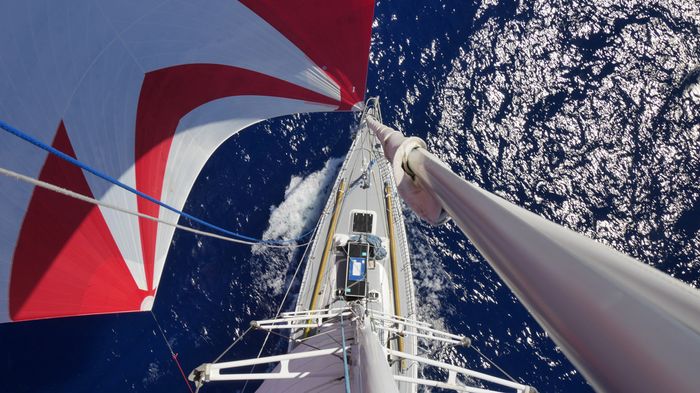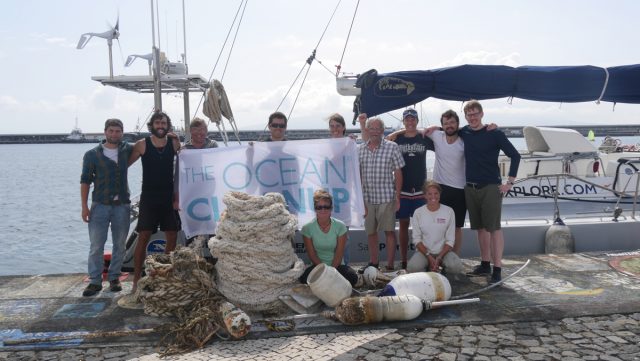
Final vertical distribution expedition completed
Back to updatesIn 2013 we became the first to measure how the plastic soup in our oceans is vertically distributed in the top layers of the water surface. Two years and six expeditions later, we have created an extensive database of the vertical distribution of ocean plastic in a wide variety of weather conditions.
In order to create an efficient boom design to rid the oceans of plastic, it is of vital importance to learn how the plastic particles floating around in the oceans actually distribute throughout the surface. In other words, we needed to learn how deep the skirt beneath the boom will have to reach in order to collect as much plastic as possible.
Throughout these expeditions, we have been able to learn, adapt and perfect our research methods. The vertical distribution trawl has twice been updated to become lighter, safer and easier to use. With each expedition, we have been able to collect exponentially more samples. At expedition #5 and #6, it was also possible to attach an oscillation recorder to the trawl that highly improves the accuracy of the sample collection. These are just some examples of the progress we’ve made in perfecting our ways of collecting vertical distribution samples.

Thanks to these expeditions we have been able to get a complete transect of the vertical plastic distribution in the North Atlantic from the US east coast all the way to the Azores. At the last expedition (June 26th-July 13th) the ‘’Sea Dragon’’ managed to cross the so-called North Atlantic Garbage Patch. Francesco Ferrari, one of our researchers, shares his experience: ‘During these last two expeditions, we have collected a total of 512 samples. We have been able to trawl in a lot of different wind and sea conditions. At each trawling session, we took samples every 50 centimeters, from the water surface until a depth of 5 meters. We found plastic particles in every sample, with most of the plastic concentrated at the interface air-water.’
On concluding the vertical distribution expeditions and after completing the Mega Expedition, our research crew will enter a new phase in September. A team of seven people will start to work full-time on processing the collected samples in The Ocean Cleanup laboratory.
Our team would like to give a shout-out to the volunteers who worked really hard in all weather conditions to make the expeditions a success. And we would like to thank Katie Jewett for the photos.


